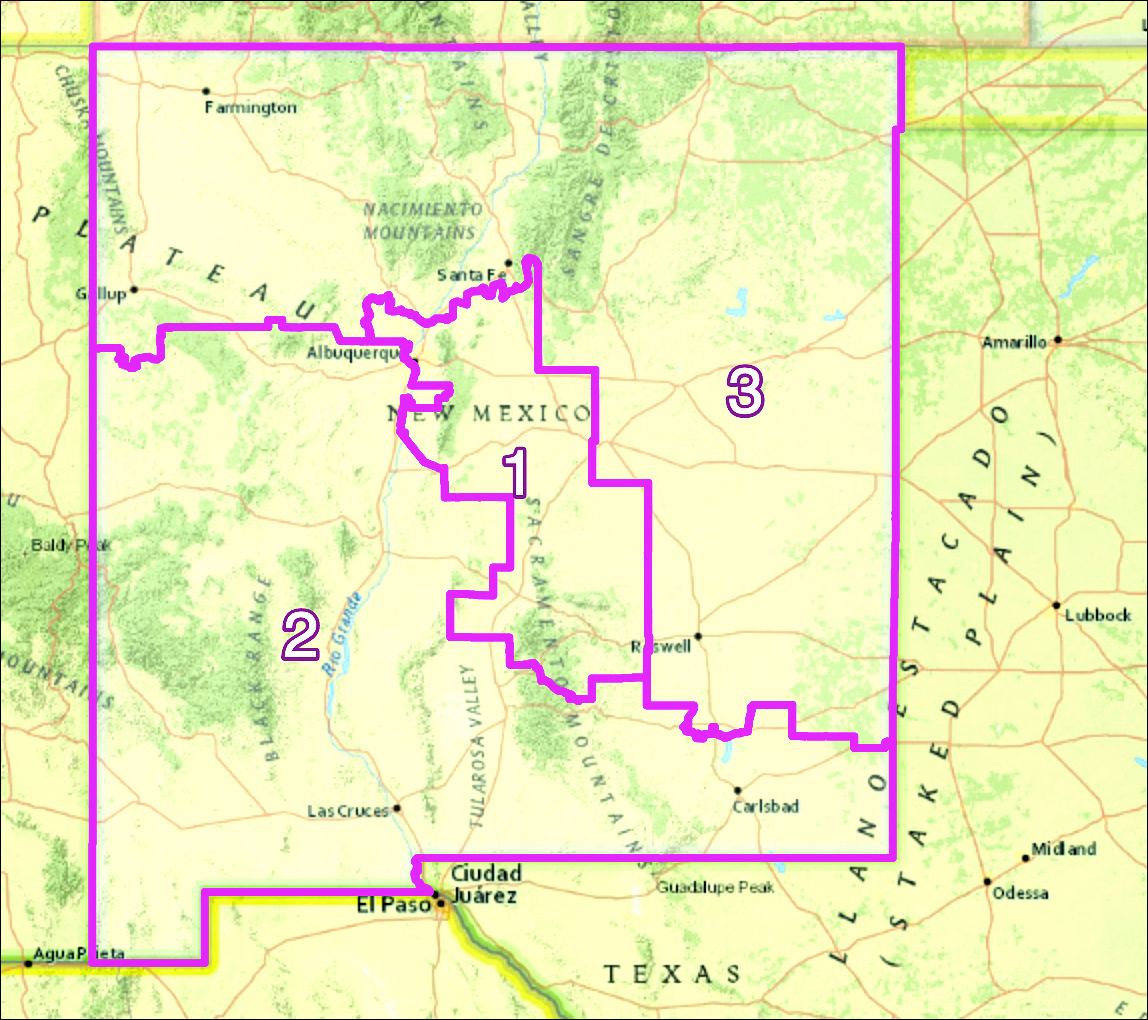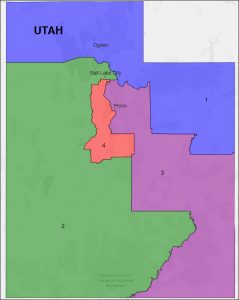By Jim Ellis
Feb. 17, 2022 — Four-term New York Democratic Rep. Kathleen Rice (D-Garden City) announced Tuesday, on her 57th birthday, that she will retire from Congress. Saying, “I have always believed that holding political office is neither a destiny nor a right. As elected officials, we must give all we have and then know when it is time to allow others to serve,” the congresswoman stated in her retirement release.Prior to her election to the US House in 2014, Rice served as Nassau County District Attorney for 10 years after being a member of the prosecutorial staff. Rep. Rice is the 30th Democrat to not seek re-election to the House. The total number of open seats now rises to 51, when counting the open Democratic and Republican districts, and the seats created through reapportionment and redistricting from the various states.
The Rice retirement creates a fourth open seat in the NY delegation, and she is the fifth Empire State member to leave the House at the end of the current term. Rep. Tom Reed (R-Corning) announced his retirement early in the session, but his 23rd District is not technically an open seat because Rep. Claudia Tenney (R-New Hartford) has chosen to run there since her 22nd District was combined with retiring Rep. John Katko’s (R-Syracuse) CD to make a new Democratic seat.
Three of the state’s four open seats appear on Long Island. In addition to Rice’s 4th District, the 1st and 3rd are also open because Reps. Lee Zeldin (R-Shirley) and Tom Suozzi (D-Glen Cove) are both running for governor. This means that freshman Rep. Andrew Garbarino (R-Sayville) will be the most senior Long Island member in the next Congress.
While redistricting changed Rep. Zeldin’s 1st District into a more Democratic-friendly seat, Rep. Garbarino’s south shore Long Island seat became more Republican. Overall, the four Long Island districts needed to gain more than 148,000 new residents to meet the New York per district population goal of 776,971 individuals, or an average of adding just over 37,000 people per CD.
Though three of the four LI seats are constructed to elect a Democrat, the margins are not so strong as to eliminate competition. In wave Republican election years, and 2022 may be such, these open seats will be in play.
According to the FiveThirtyEight data operation, Rep. Zeldin’s 1st District moves from a R+10 to a D+6. Dave’s Redistricting App projects the composite Democratic vote to be 57.0 percent as compared to just 41.0 percent for Republicans. President Biden would have carried the new 1st, which moves east to west from the Hamptons to Bethpage State Park, by a 10.8 percent margin.








